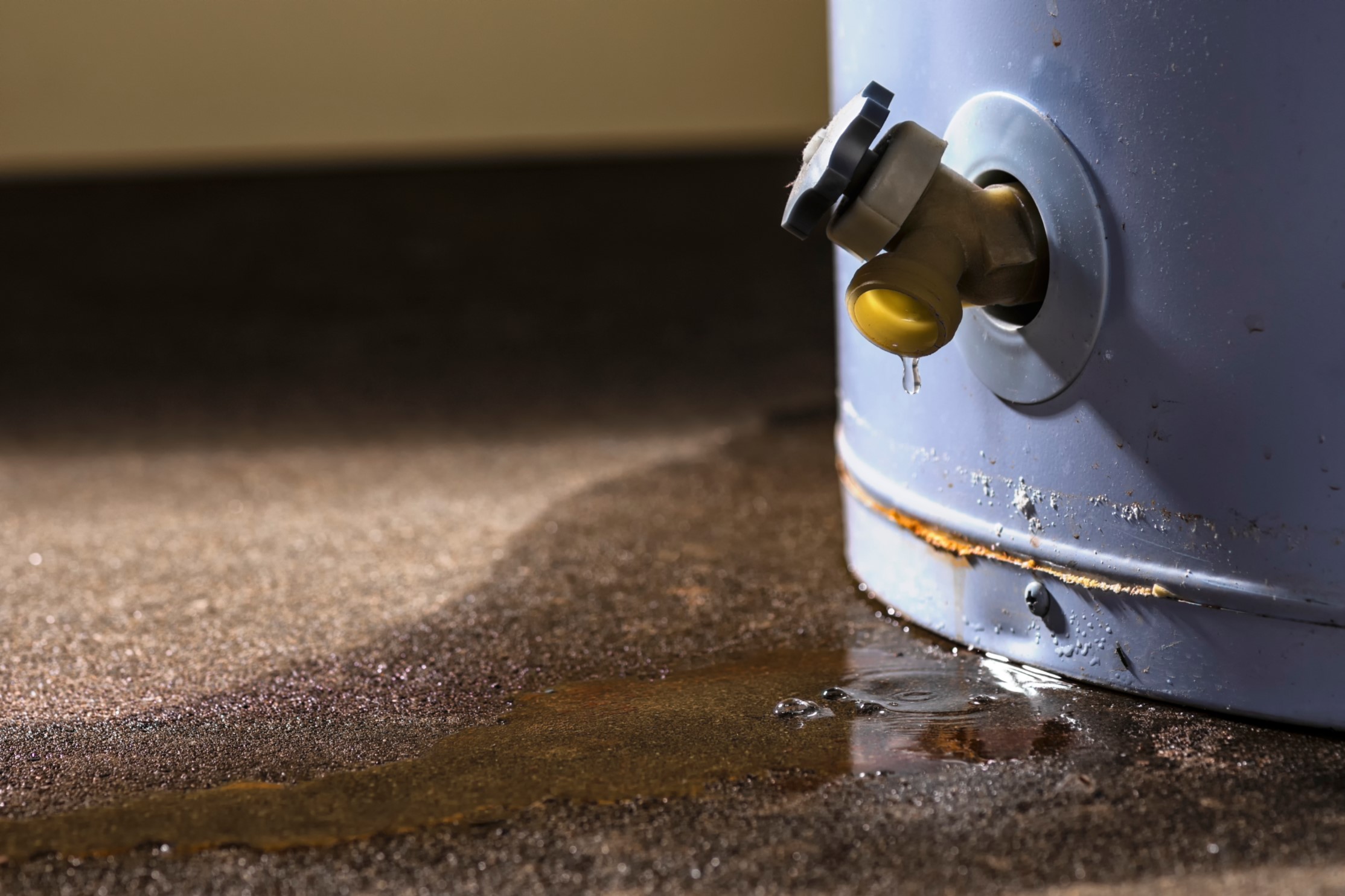They are making a few great pointers on What Kind of Maintenance Do Water Heaters Need? overall in this article below.

Warm water is necessary for day-to-day comfort, whether it's for a rejuvenating shower or washing dishes. To guarantee your warm water system runs effectively and lasts longer, regular upkeep is vital. This write-up gives sensible pointers and insights on how to maintain your home's warm water system to prevent interruptions and costly repairs.
Introduction
Keeping your home's warm water system may seem challenging, yet with a couple of easy steps, you can ensure it runs smoothly for several years to find. This overview covers whatever from understanding your warm water system to DIY upkeep suggestions and recognizing when to employ professional aid.
Importance of Keeping Your Hot Water System
Routine maintenance not only expands the life-span of your hot water system yet likewise guarantees it operates successfully. Overlooking maintenance can lead to reduced performance, higher power bills, and also premature failing of the system.
Indicators Your Hot Water System Requirements Upkeep
Recognizing when your hot water system needs interest can stop significant issues. Watch out for indications such as irregular water temperature level, strange noises from the heating unit, or rustic water.
Recognizing Your Warm Water System
Before diving right into upkeep jobs, it's handy to recognize the standard parts of your warm water system. Normally, this includes the hot water heater itself, pipelines, anode rods, and temperature level controls.
Regular Monthly Maintenance Tasks
Regular month-to-month checks can assist catch minor problems prior to they intensify.
Purging the Hot Water Heater
Purging your hot water heater gets rid of debris accumulation, enhancing performance and prolonging its life.
Checking and Replacing Anode Rods
Anode poles protect against corrosion inside the tank. Examining and replacing them when worn is crucial.
Examining and Readjusting Temperature Settings
Readjusting the temperature settings guarantees optimum performance and safety and security.
DIY Tips for Upkeep
You can carry out numerous maintenance jobs yourself to maintain your warm water system in top problem.
Checking for Leakages
Routinely evaluate pipes and links for leakages, as these can result in water damages and greater bills.
Examining Pressure Relief Valves
Checking the pressure safety valve ensures it operates properly and prevents too much pressure build-up.
Protecting Pipelines
Insulating warm water pipes lowers heat loss and can conserve energy.
When to Call a Specialist
While DIY upkeep is advantageous, some problems require specialist competence.
Complex Concerns Requiring Specialist Assistance
Examples consist of major leakages, electric problems, or if your water heater is consistently underperforming.
Regular Professional Upkeep Benefits
Specialist upkeep can consist of extensive inspections, tune-ups, and making certain conformity with security standards.
Final thought
Regular upkeep of your home's warm water system is vital for efficiency, long life, and price savings. By following these suggestions and understanding when to seek professional help, you can guarantee a dependable supply of hot water without unexpected disturbances.
How to Maintain an Instant Hot Water Heater
Before tinkering with your hot water heater, make sure that it’s not powered on. You also have to turn off the main circuit breaker and shut off the main gas line to prevent accidents. Also turn off the water valves connected to your unit to prevent water from flowing into and out of the appliance. 2. When you’re done, you have to detach the purge valves’ caps. These look like the letter “T” and are situated on either side of the water valves. Doing so will release any pressure that has accumulated inside the valves while at the same time avoid hot water from shooting out and burning your skin. 3. When the purge valves’ caps are removed, you have to connect your hosing lines to the valves. Your unit should have come with three hoses but if it didn’t, you can purchase these things from any hardware or home repair shops. You can also get them from retail stores that sell water heating systems. Read the user’s manual and follow it to complete this task properly. When the hosing lines are connected, open the purge port’s valves. 4. You should never use harsh chemical cleaners or solutions when cleaning your unit. Make use of white vinegar instead. It should be undiluted and you’ll probably use about 2 gallons. 5. Now flush your water heater. This task should probably take about 40 minutes. We can’t give you specific directions for this because the procedure is carried out depending on the type, model and brand of your heater. With that being said, refer to the user’s manual. 6. When you’re done draining the unit, you have to turn off the purge port valves again. Remove the hosing lines that you earlier installed on each of the water valves. Put the valve caps (purge port) back in their respective places and be very careful so as not to damage the rubber discs that are found inside these caps. 7. Now that everything’s back in place, check your user’s manual again to find out how to reactivate your water heating system. 8. Once it is working, turn one of your hot water faucets on just to let air pass through the heater’s water supply pipes. Leave the tap on until water flows smoothly out of it. https://www.orrplumbing.com/blog/2014/september/how-to-maintain-an-instant-hot-water-heater/

I ran across that blog post about Tips on Maintaining a Water Heater when perusing the web. Are you aware of another individual who is involved in the niche? Why not share it. I treasure reading our article about Water Heater Maintenance Tips You Can't Afford to Forget.
Booking Page